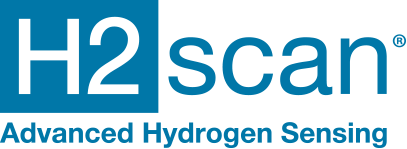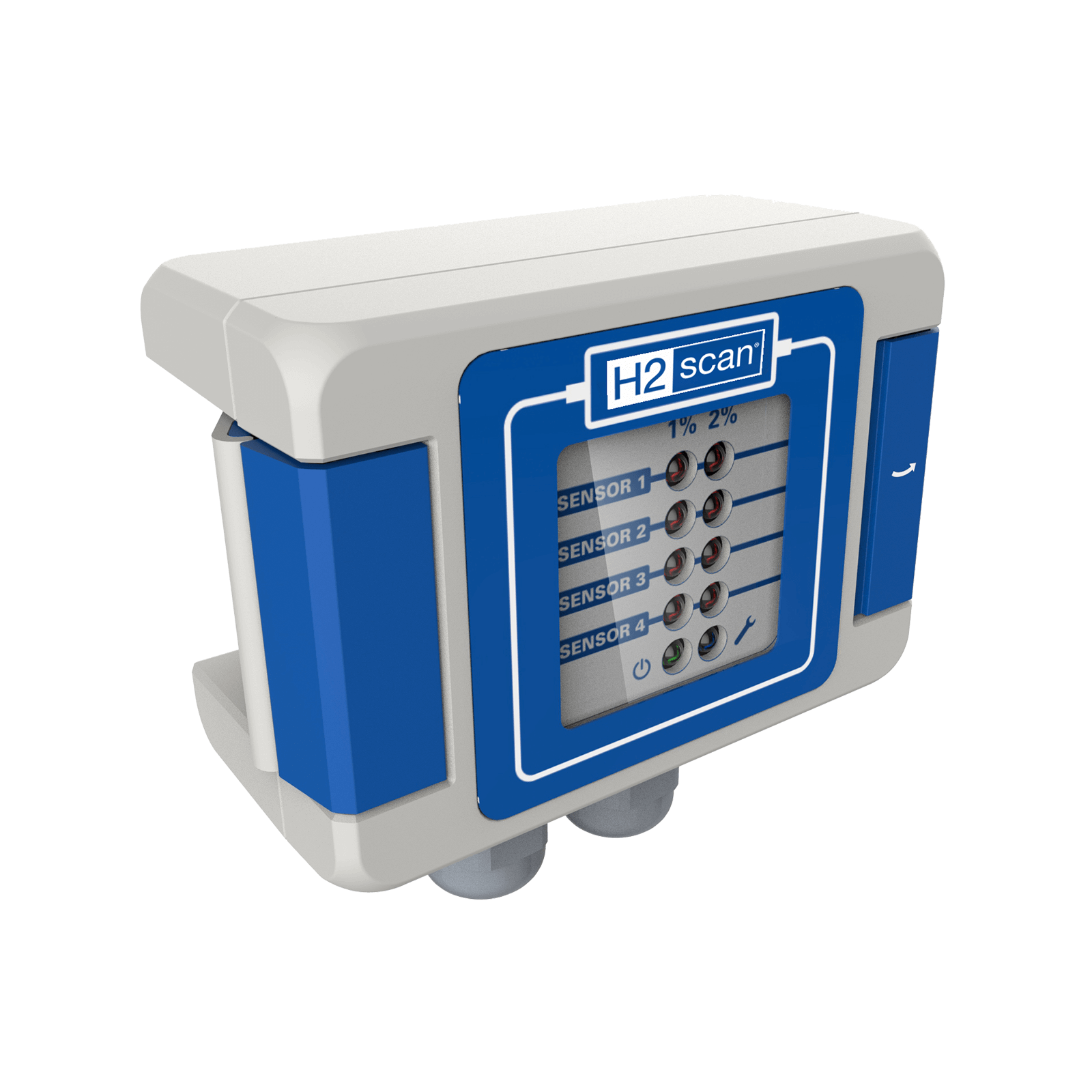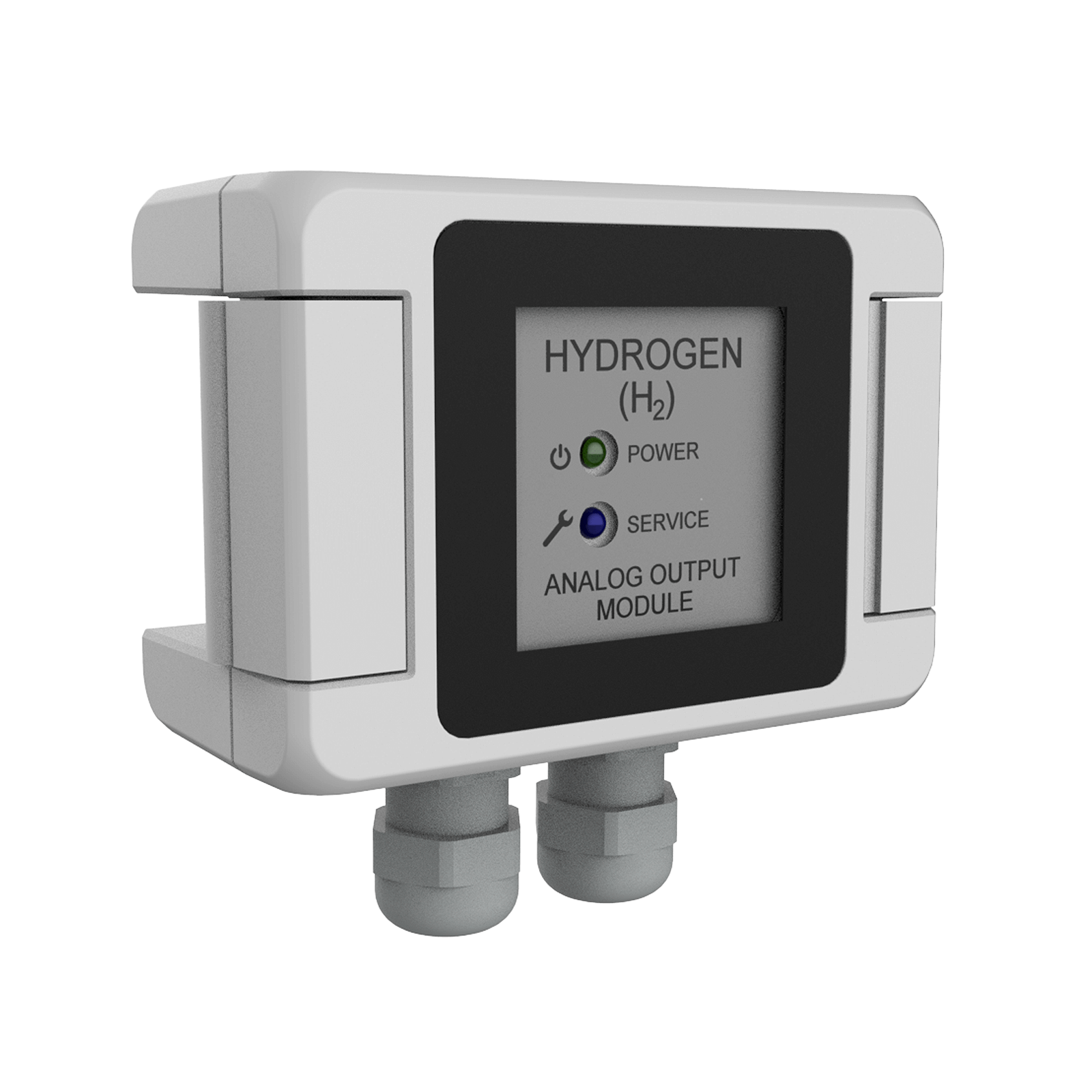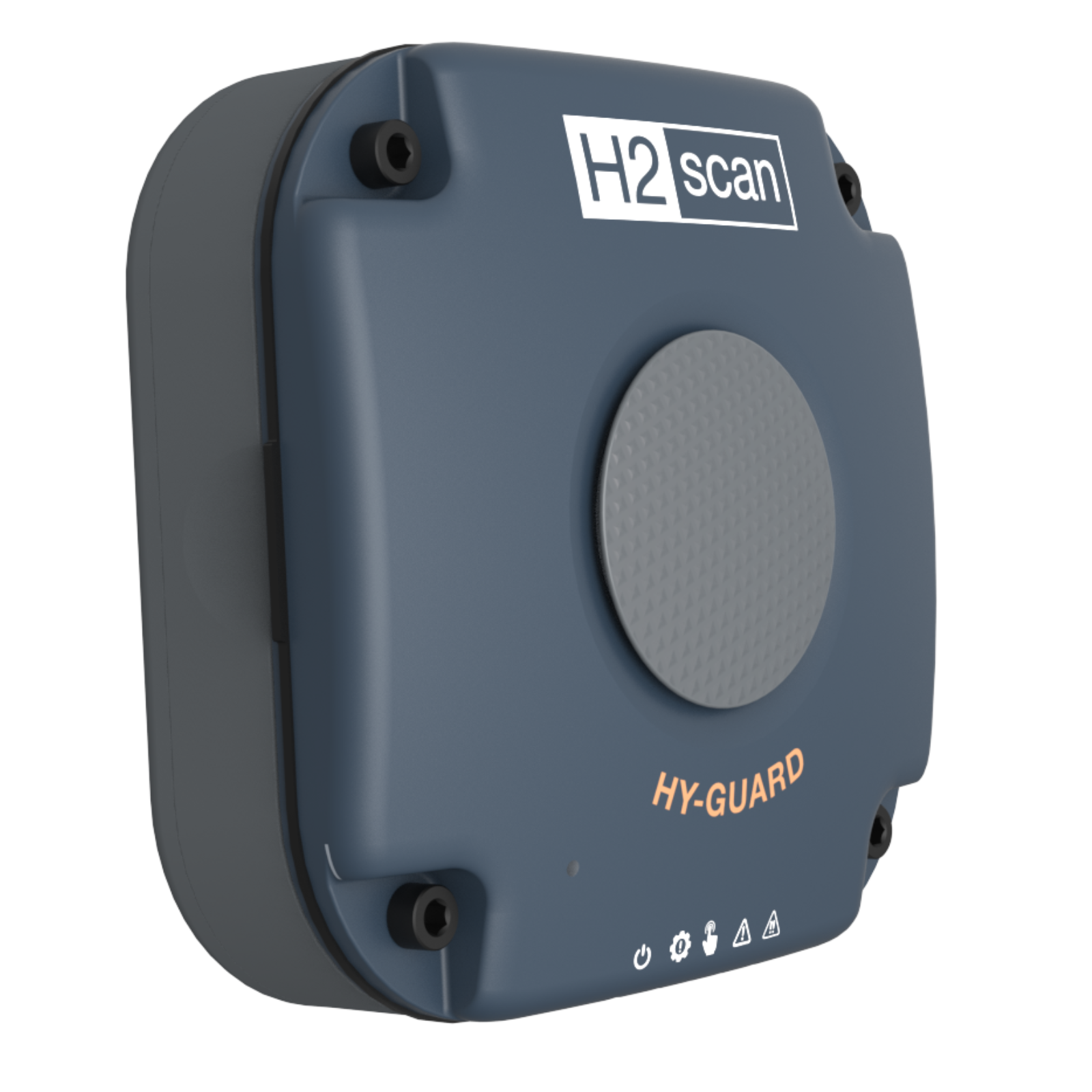
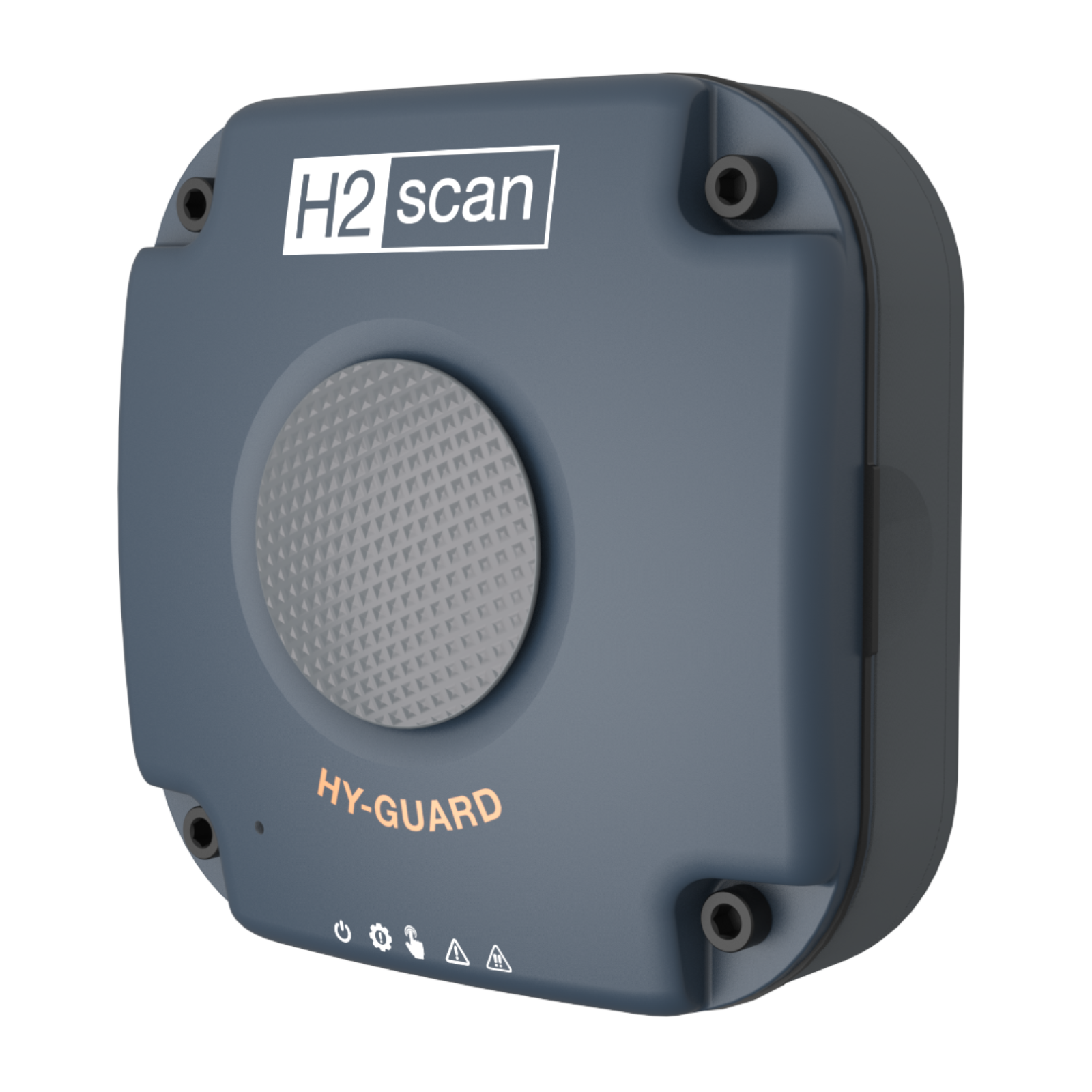

NEW! HY-GUARD™ Hydrogen Area Monitor
Hydrogen Area Monitor
- No false alarms
- Continuous self-calibration that verifies sensor performance throughout its operational life
- Helps facilities stay compliant with the International Fire Code (IFC), NFPA 1, NFPA 2, OSHA 1910, IEC 62485-2, IEC 62933-5-2, IEEE 484 & 1635 and NFPA 855
- Multiple mounting choices include junction box, DIN-rail, wall-mount, and magnetic mount
- Flexible communication options including dry potential-free contacts, 4-20 mA analog output, and Modbus RTU (RS-485)
- Long 10+ year service life battery types (e.g. last the life of most battery types)
Applications
The HY-GUARD™ hydrogen monitoring system tackles critical safety issues for standby power battery setups by introducing the industry’s first hydrogen sensor specifically designed for most battery applications.
Key Advantages
- True Safety Assurance: HY-GUARD™ self-verification eliminates false security
through continuous self-verification - Zero Maintenance: Long sensor life and no calibration required over the life
of the instrument - Flexible Configuration: Modular design allows selection of needed required
capabilities, ranging from relay outputs to advanced communication protocols - Superior Reliability: Proven sensor technology without the drift, false
alarms, and premature failures common in catalytic and metal oxide sensors - Standards-drive Development: Designed to meet stringent fire code, including NFPA, IFC, OSHA, IEC, EN and EU directives
Applications
- Standby Power Battery Rooms
- Lead-Acid Battery Installations
- NiCad Battery Systems
- Battery Cabinets
- Telecommunications Battery Backup
- Data Center Standby Power
- Emergency Power Systems
- Utility Substations, Switchgear, SCADA
- Hydrogen Economy
- Forklift Batteries and Fuel Cells
- Hydrogen Generation
Technical Information
| Physical |
|
| Environmental |
|
| Power |
|
| Communications |
|
- Concentrations >2% have an accuracy of ± 1%. Prolonged exposure to hydrogen concentrations >5%
may damage the sensor - The response time is the time until the measured H2 exceeds 1% when transitioning from air to 3% H2 /Air
- Alternative wiring connection required, refer to user manual
Note: HY-GUARD supports both AC and DC power inputs. AC is used as the primary source by default. In the event of AC loss, HY-GUARD will automatically switch to DC when AC and DC are powered by separate power sources
Certifications
| Compliance & Certification |
|
| Applicable Standards |
|
4. The HY-GUARD was designed for and passed pre-conformance testing per the requirements of UL 61010-1 and CSA C22.2 No. 61010-1, and is currently undergoing formal certification by an agency
HY-GUARD Models
| Model | Communication |
|---|---|
| 8111 | Modbus RTU, 4-20 mA analog, Dry Contacts 1 & 2% H2, Fault Indicator |
| 8110 | 4-20 mA analog, Dry Contacts 1 & 2% H2, Fault Indicator |
| 8101 | Modbus RTU, Dry Contacts 1 & 2% H2, Fault Indicator |
| 8100 | Dry Contacts 1 & 2% H2, Fault Indicator |
